In the heart of Delhi resides a dance institution that is not just a mere academy, but a guardian of art, culture, and heritage. Debadhara, under the guidance of Guru Binayak Panda, stands as a testament to the beauty of Odissi dance and the legacy of Guru Debaprasad Das. This institution doesn’t just teach dance; it breathes life into the essence of tribal and folk dance forms of Odisha, creating a unique style that resonates with tradition and innovation.
Preserving and Propelling: Debadhara’s Vision
The institution’s vision reaches beyond the boundaries of its physical location. Debadhara aims to impart not only the techniques of Odissi dance but also the soul that resides within this classical art form. With a global perspective, Debadhara strives to showcase the rich arts of India to the world stage. This mission finds its expression through the organization of regular music and dance festivals that transcend mere performances and become windows into the heart of Indian culture.
A Symphony of Celebrations: 32 Festivals in Two Decades
In a journey spanning two decades, Debadhara has presented an impressive array of 32 festivals. Each festival is a mosaic of artistic expressions, a tapestry woven with dedication and passion. These festivals breathe life into the traditions, allowing them to evolve while remaining rooted in their origin. They are a testament to the institution’s commitment to nurturing the arts and providing a platform for artists to shine.
Bharat Utsav: Celebrating Unity in Diversity
The heartbeat of Debadhara’s festivals lies in its Bharat Utsav series—a vibrant celebration of unity in diversity. This series embodies the essence of India, where numerous dance forms coexist, each with its own narrative and rhythm. The 8th Bharat Utsav, hosted at the prestigious India International Centre, was a testament to this unity. Supported by the Ministry of Culture, the festival showcased a stunning array of dance styles, from the grace of Odissi to the vivacity of Bharatanatyam, the exuberance of Kuchipudi to the storytelling of Kathak and Mohiniyattam. This confluence of dance forms was a mesmerizing portrayal of India’s cultural heritage.
Honouring Artistry: Bharat Gaurav Nritya Samman
As the artists graced the stage with their performances, they were not just participants but torchbearers of tradition. Their dedication to their craft and their contribution to the realm of Indian dance were acknowledged through the ‘Bharat Gaurav Nritya Samman.’ This honor recognized their role in enriching the world with the beauty and grace of Indian dance forms.
Empowering Through Art: Kala Shakti Initiative
The inaugural evening of the festival brought forth a unique collaboration between Debadhara and the Kala Shakti initiative. Spearheaded by Patil Pranjal Lahensingh, District Magistrate of Shahdara, Kala Shakti aims to empower young minds through artistic engagement. This association resonates with Debadhara’s ethos of making art accessible to all. The Kala Shakti group, led by Dr. Abha Mangal, showcased the invocatory ‘Pancha Deva Stuti,’ a heartfelt ode to creativity and empowerment.
Rhythms of the Seasons: Vani Madhav’s Tale
Vani Madhav, a seasoned Odissi exponent, wove a tale of seasons through her dance. With the mastery of Guru Gajendra Panda and Guru Sudhakar Sahu’s teachings, she depicted the Grishma (summer) and Varsha (monsoon) Ritu through her choreography. The scorching sun, the thirsty earth, and the rejuvenating rains—all came to life in her movements. The ingenious use of music and expressions transported the audience to the heart of nature’s rhythm.
Reviving Traditions: Purvadhanashree’s Vilasini Natyam
Purvadhanashree, a torchbearer of the vibrant Vilasini Natyam tradition, showcased the artistry that resonates with melody and rhythm. Trained under the guidance of Guru Swapnasundari, she revived the Telugu Devadasi dance style. Her performance, steeped in tradition, captivated the audience with its soulful Swara Pallavi and mesmerizing abhinaya, breathing life into ancient narratives.
Mohiniyattam’s Lyrical Beauty: Jayaprabha and Radhika Menon
Mohiniyattam, the dance of the enchantress, unfolded through the expressive artistry of Jayaprabha and Radhika Menon. Their performance, adorned with the customary Mukhachalam, transcended into the realm of abhinaya with “Chaliye kunjan mon.” Maharaja Swathi Thirunal’s composition became a canvas for emotions, and through their dance, they painted a vivid story of love and devotion.
Kathak’s Grace and Grandeur: Rupa Rani Das Borah
Rupa Rani Das Borah’s Kathak performance was a symphony of grace and grandeur. Her mastery of rhythm was evident as she flawlessly presented Thaat, Aamad, Tode-Tukde, Paran, Ladi, and more. Her abhinaya was equally captivating, as she narrated the tale of love through the verses of “Rangi sari gulabi chunariya re.” With every footfall and gesture, Rupa Rani Das Borah created an enchanting dance narrative.
A Spectacle of Devotion: Debadhara’s Grand Finale
The concluding evening was a crescendo of devotion and storytelling. Odissi’s Mangalacharan ‘Hari Hara’ personified the divine, followed by a duet by Ishita Bharti and Mehal. Aparajita Sarma and Upasana Gagneja’s Bharatanatyam duet brought Brindavan to life, portraying the myriad emotions of Krishna Leela. Guru Seetha Nagajothy’s disciples showcased Kuchipudi’s vibrant heritage, while Guru Moumala Nayak’s Kathak performance reached its zenith, leaving the audience spellbound.
A Celebration of Culture and Unity
In a world where borders and boundaries sometimes divide, Debadhara’s 8th Bharat Utsav stands as a testament to the unifying power of art and culture. Through the myriad dance forms, each artist told a story—a story of tradition, innovation, empowerment, and unity. The festival echoed with the rhythms of India, resonating with the hearts of all who attended. Indeed, the ‘8th Bharat Utsav’ was not just a dance festival; it was a celebration of the very soul of India.
“To dance is to be out of yourself. Larger, more beautiful, more powerful.” – Agnes De Mille

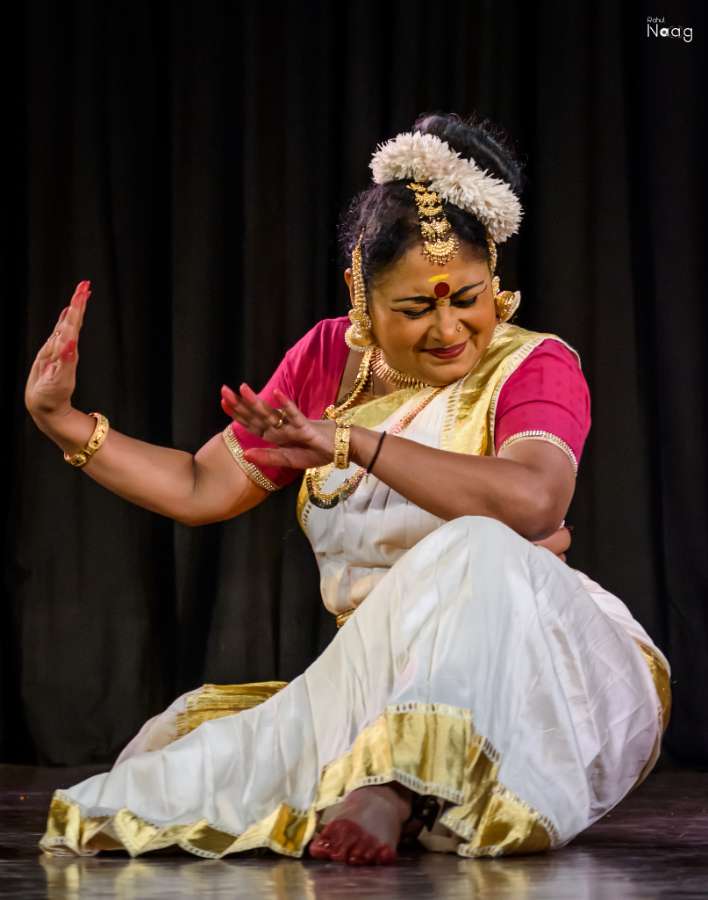
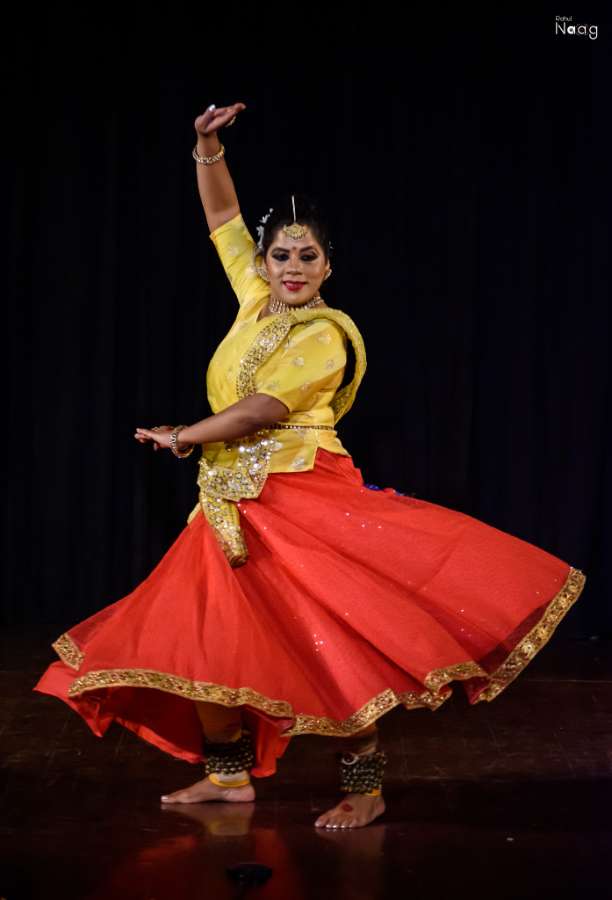


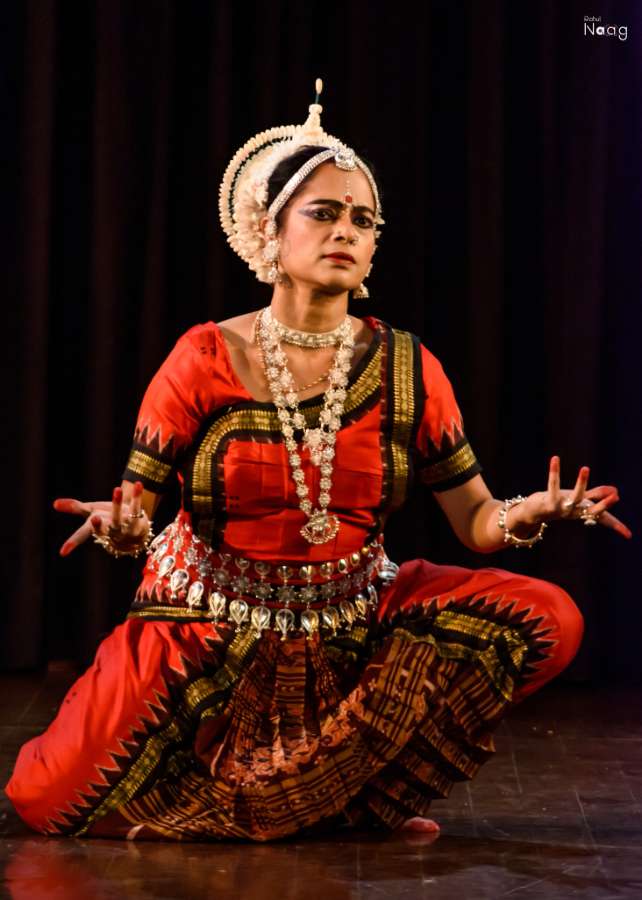
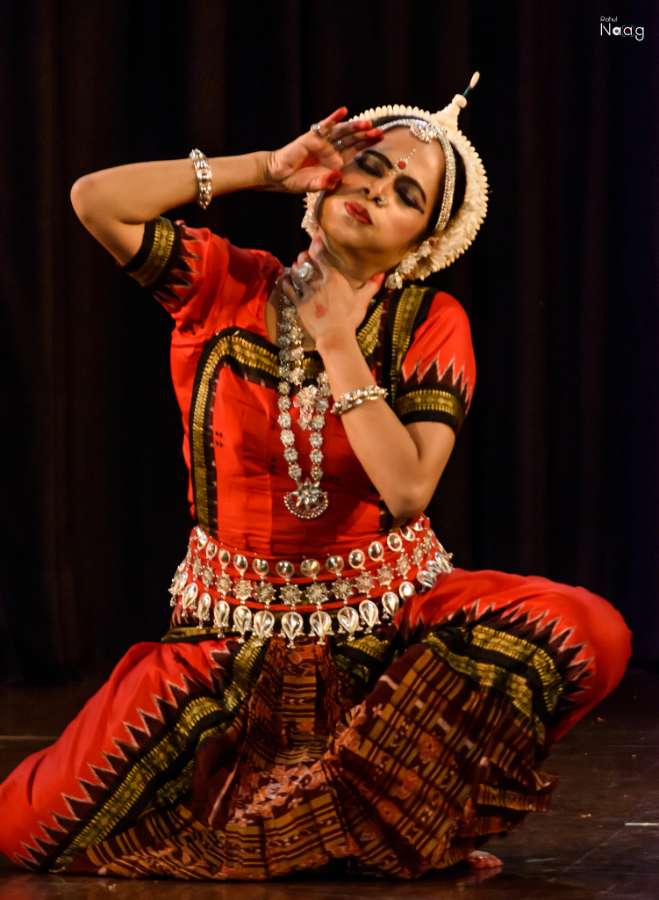
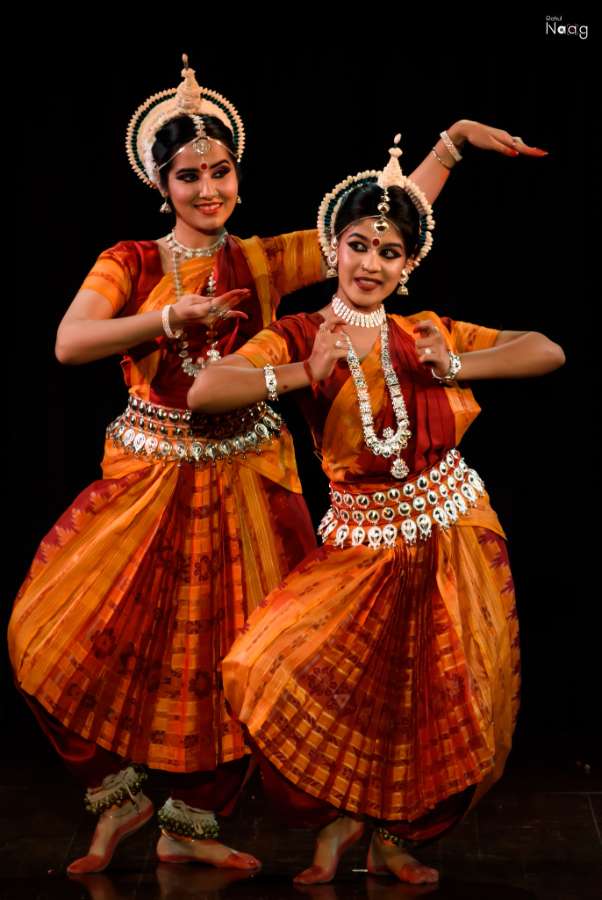
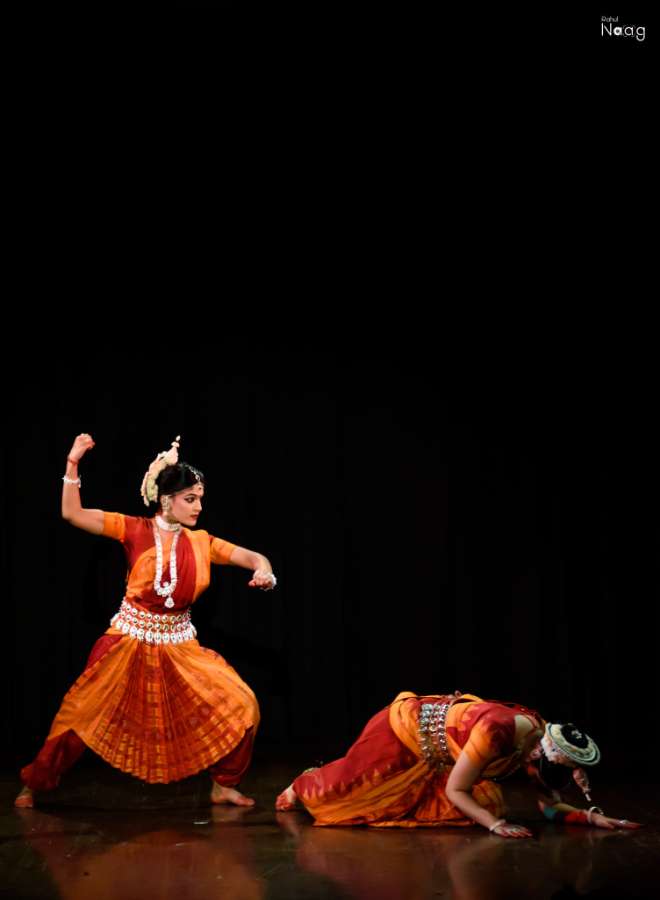
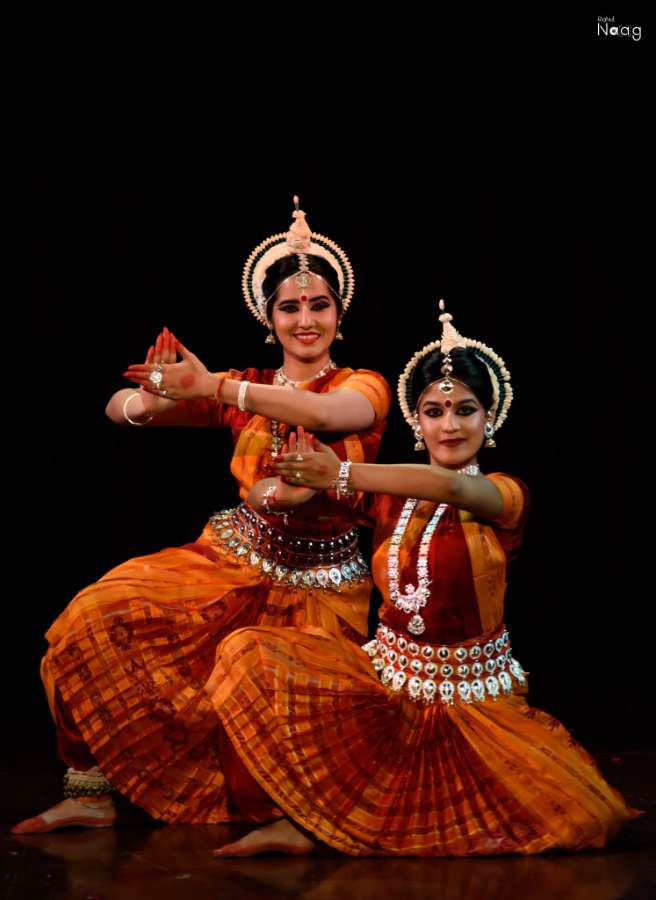
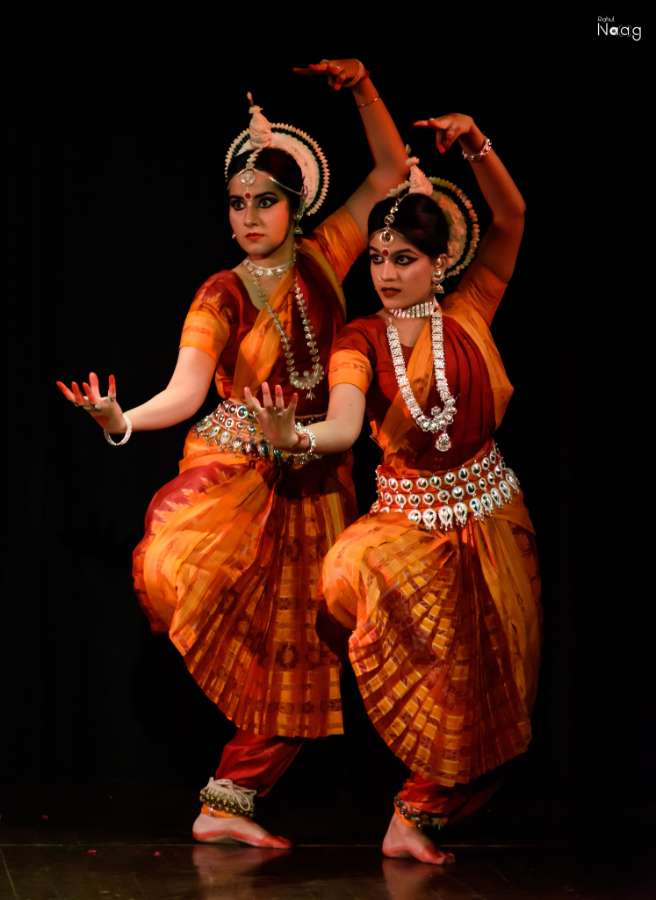
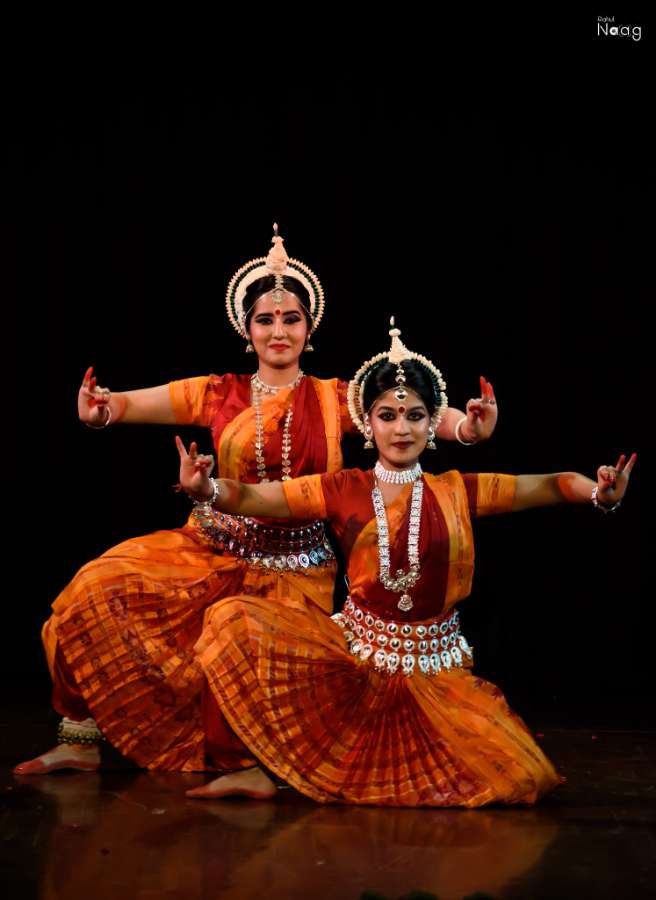
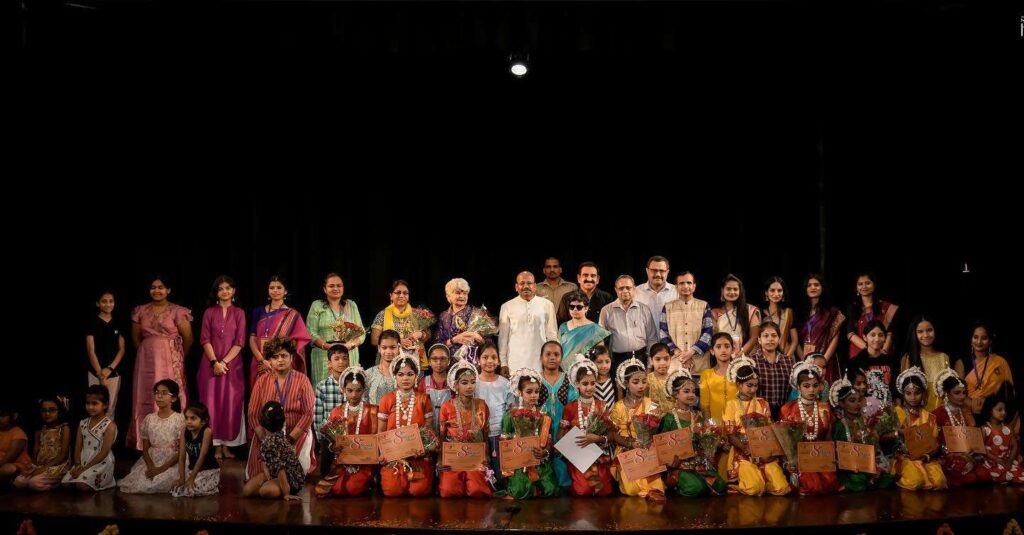

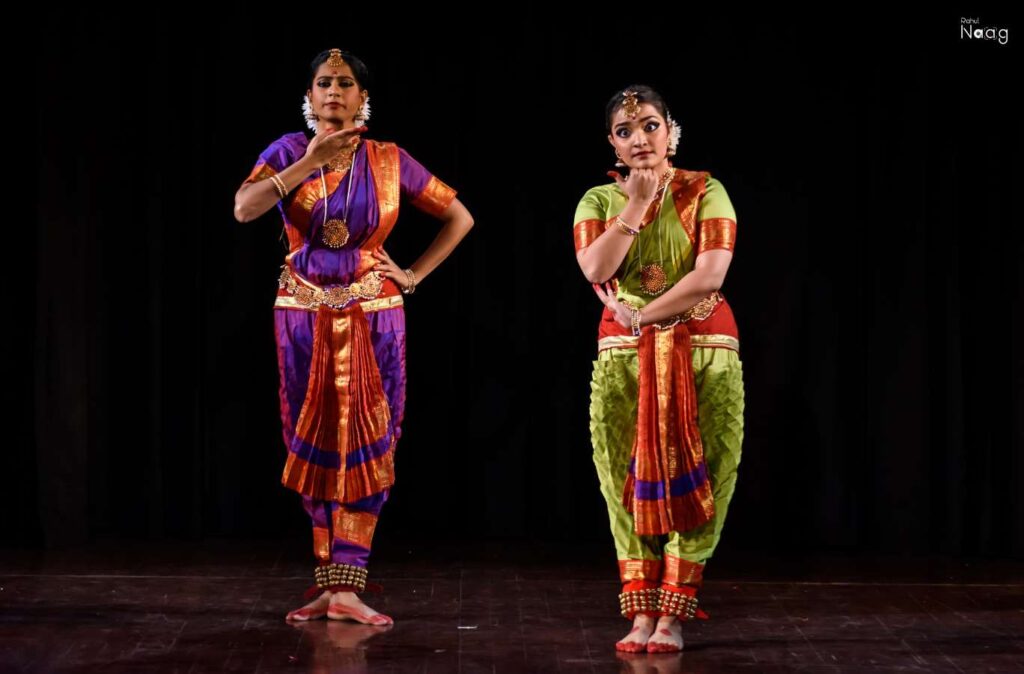
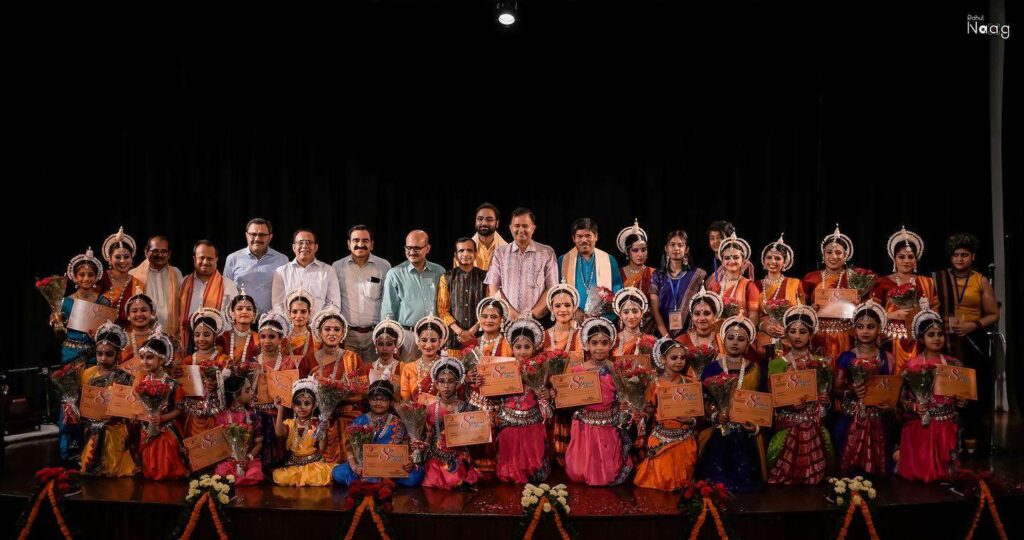
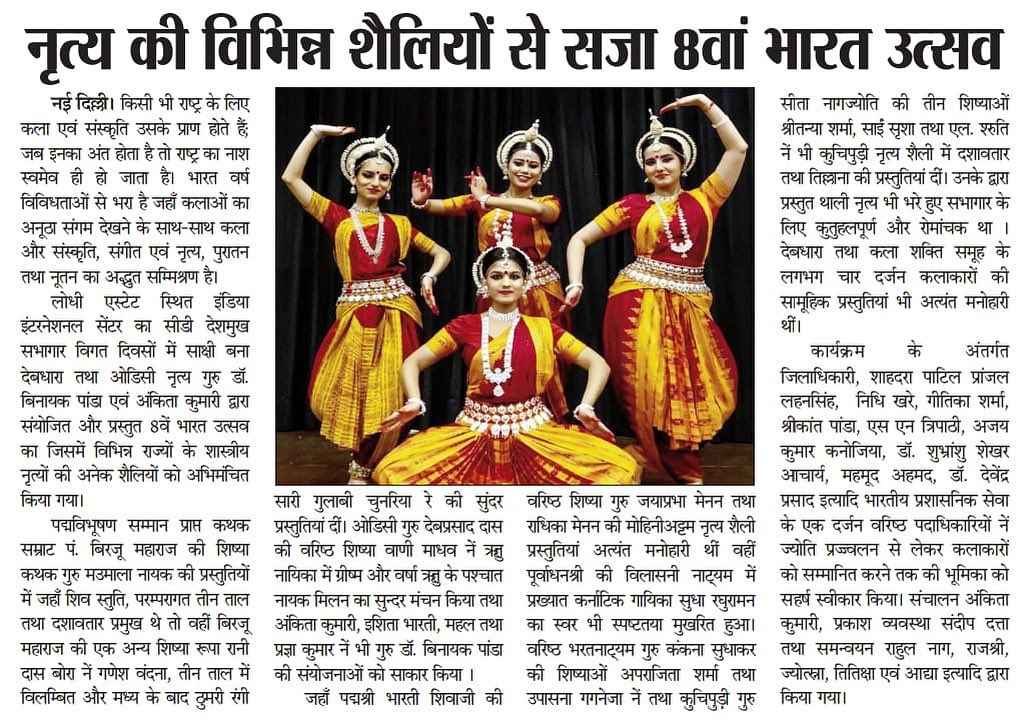
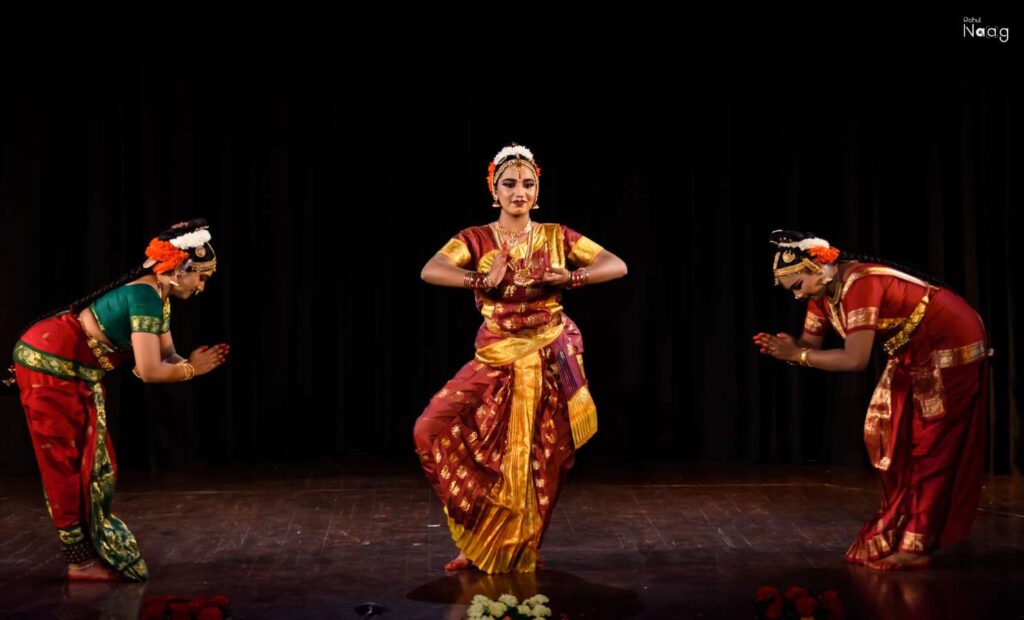
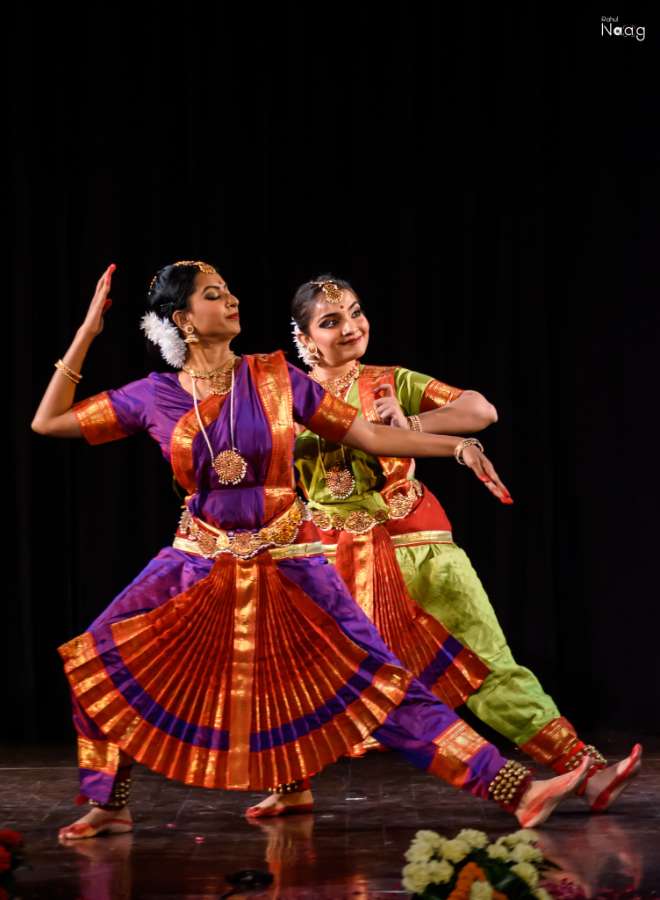
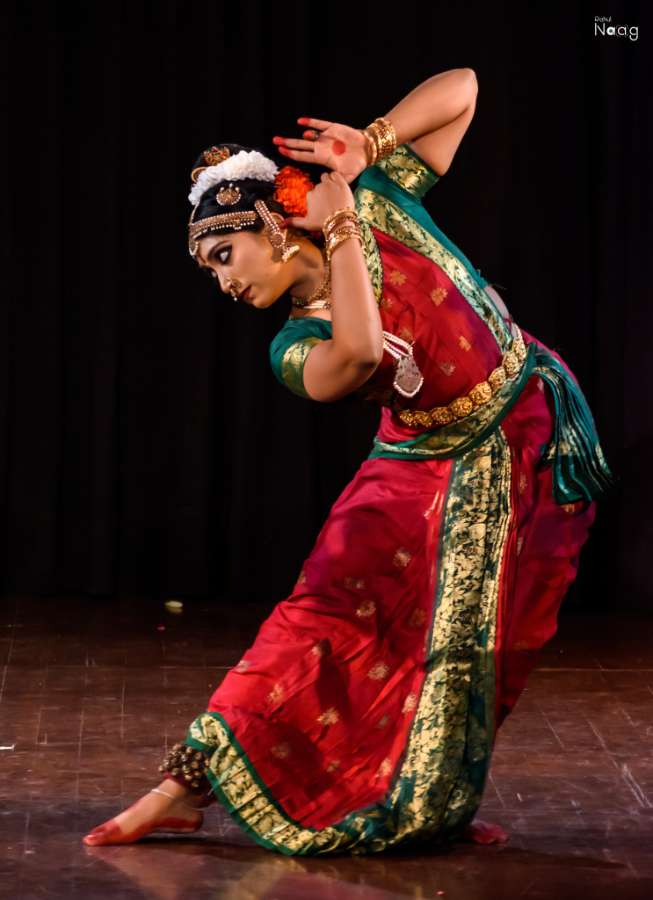



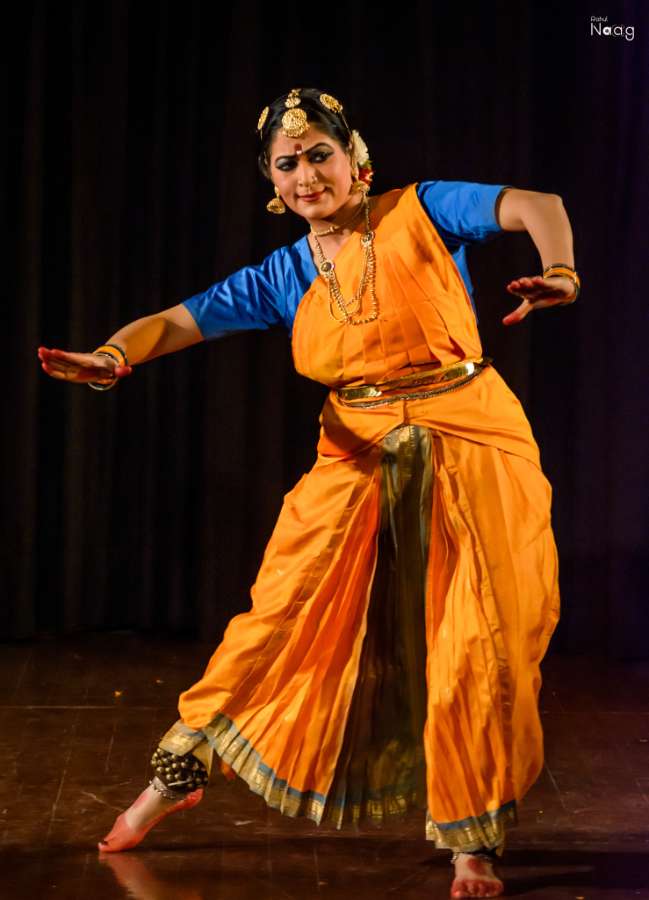
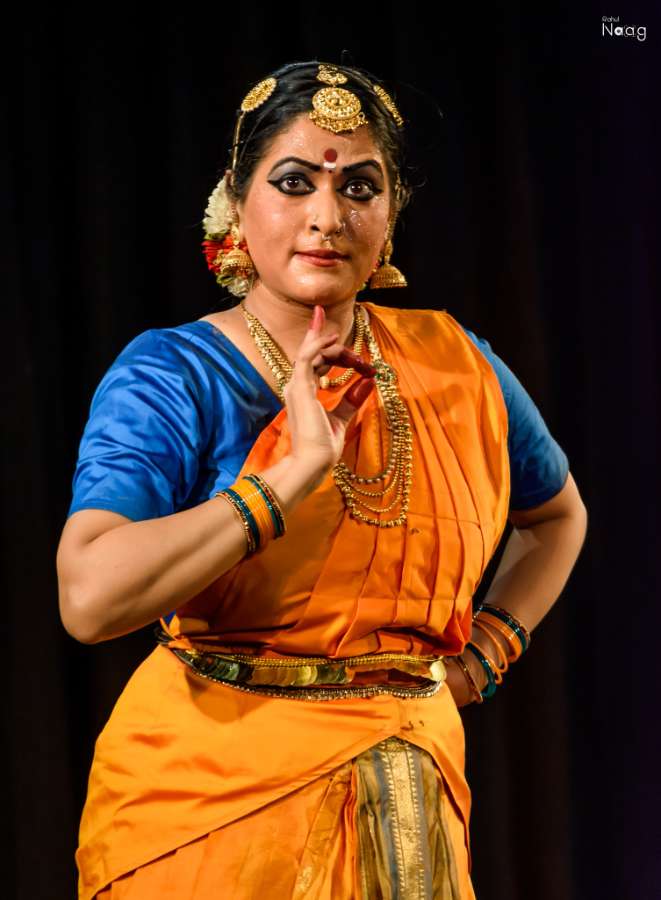

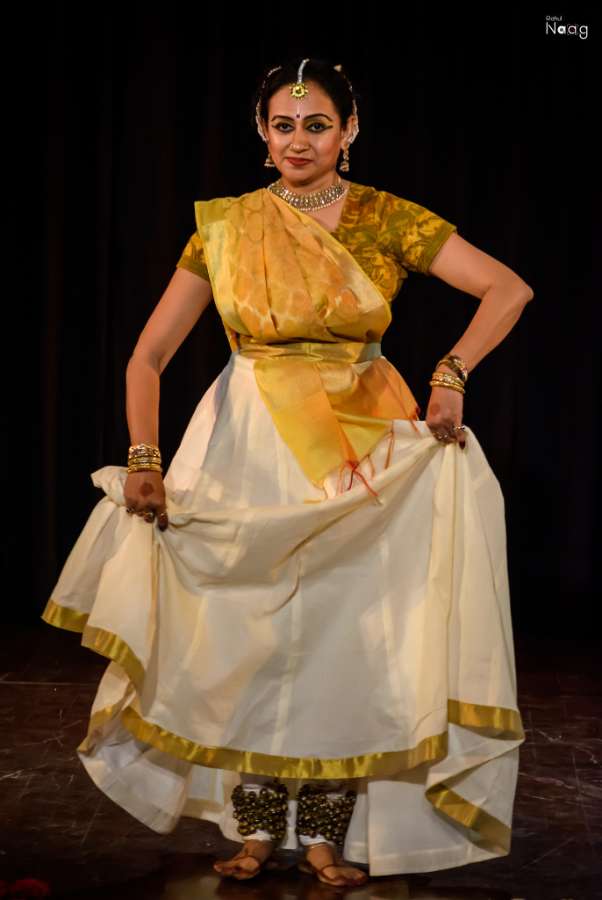
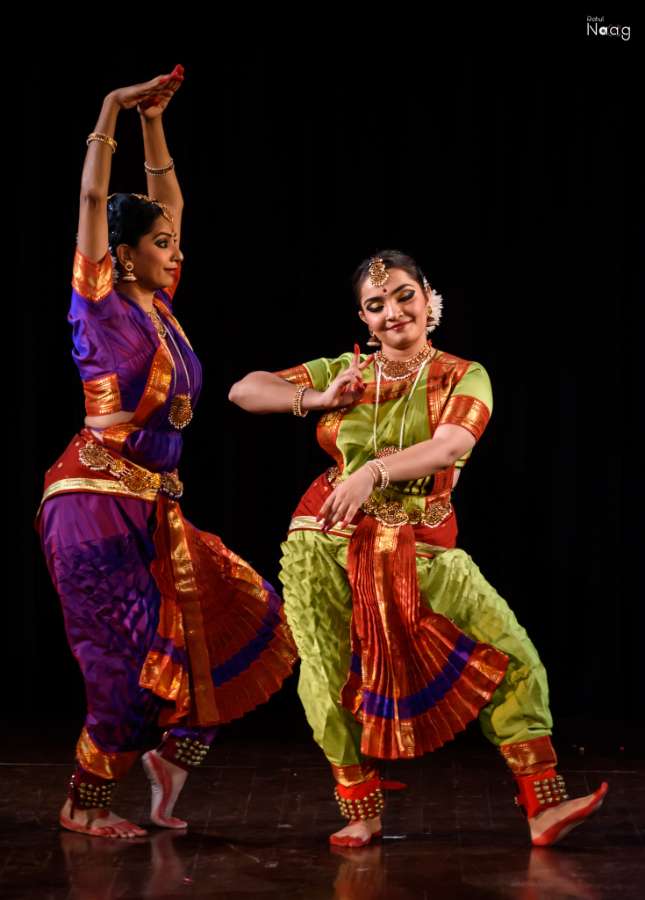
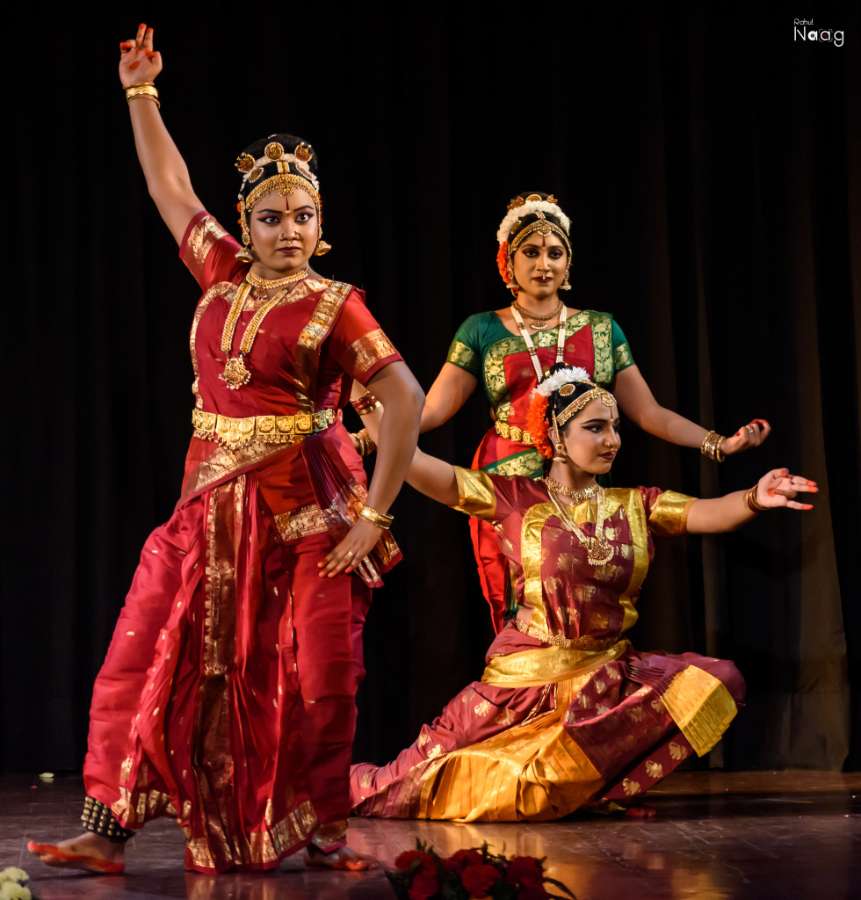
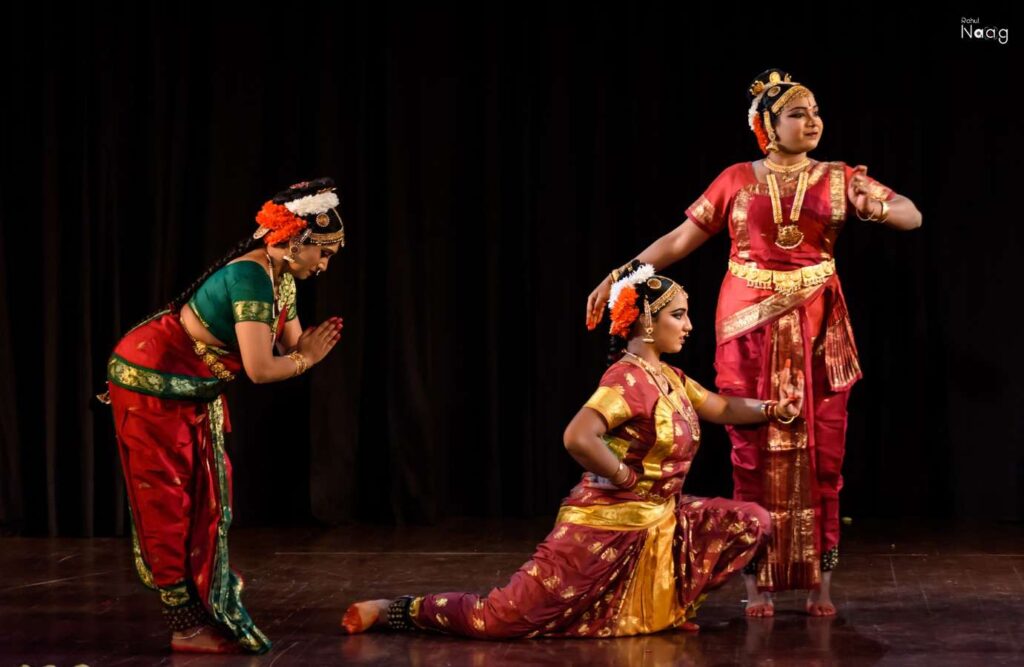
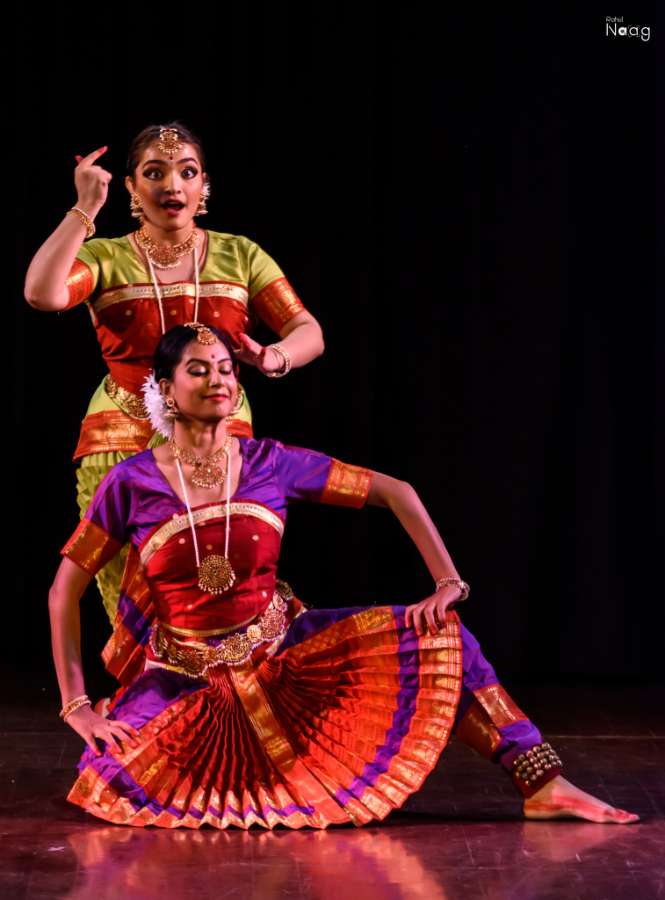
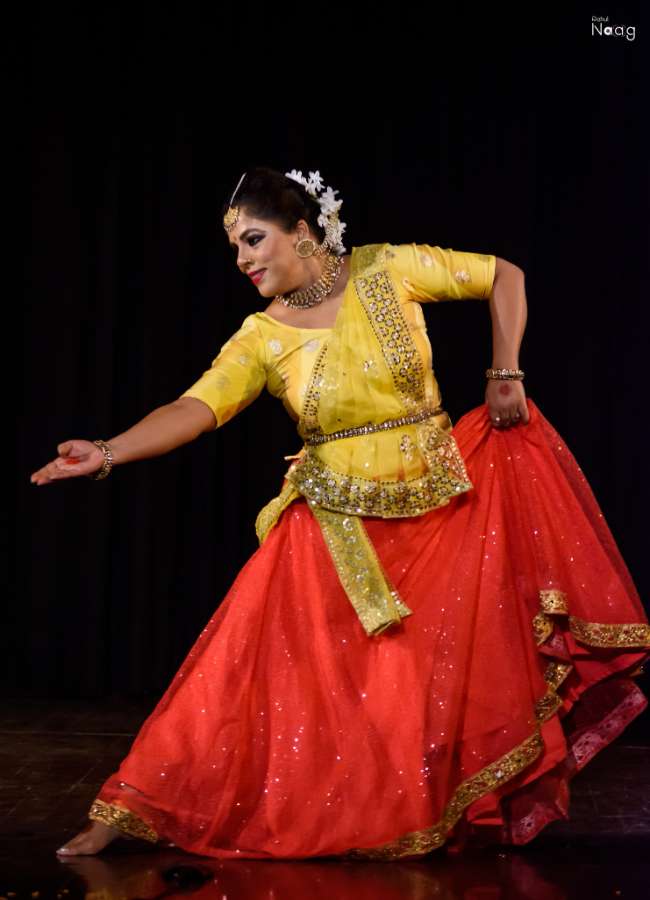
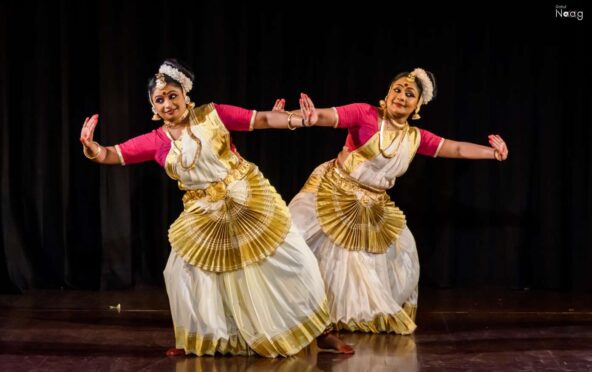
Comments are closed